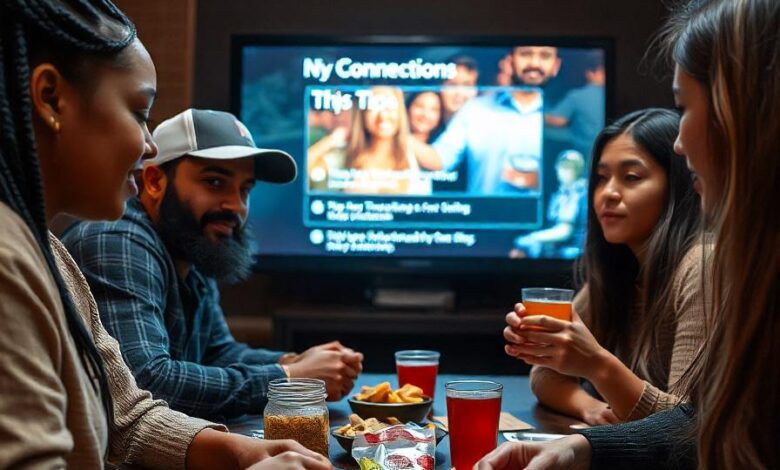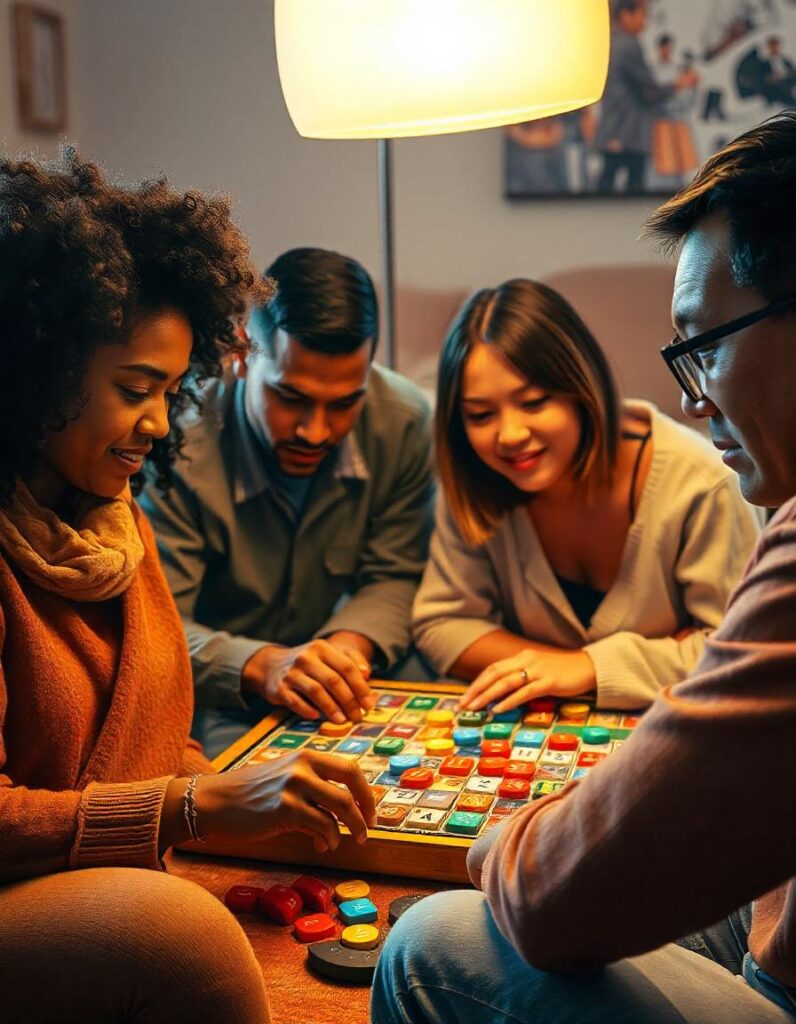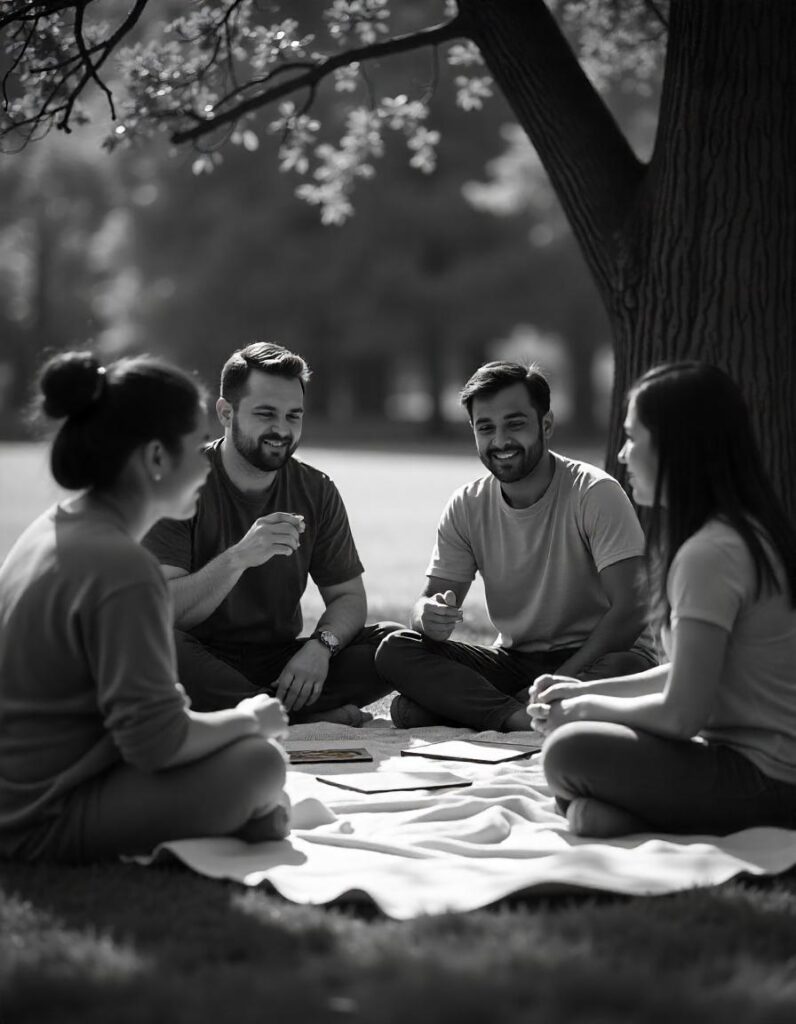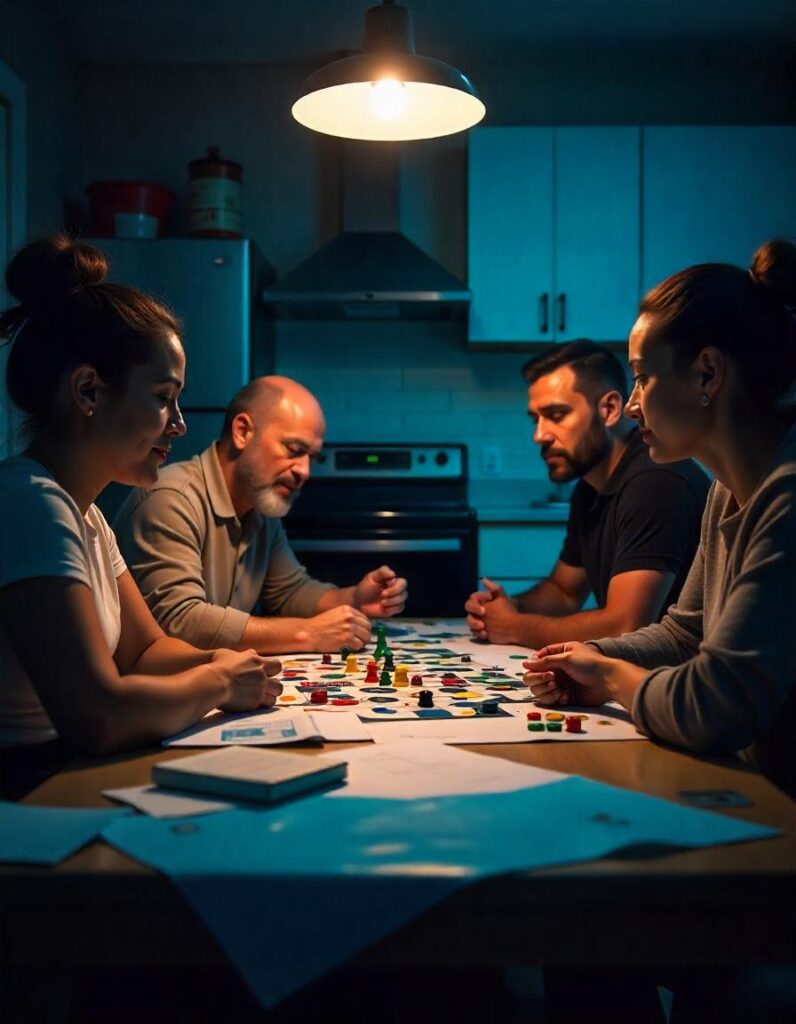NYT Connections Hint: A Complete Guide to Master the Game

The New York Times’ puzzle section is a treasure trove for those who love challenges, and “Connections” has quickly become a favorite among its offerings. This engaging word game requires players to identify hidden relationships between words. Whether you’re a beginner or a seasoned puzzle enthusiast, this article provides an in-depth look into “nyt connections hint” strategies to help you ace the game.
Table of Contents
What Is NYT Connections Hint ?
NYT Connections Hint is a word association game where players are presented with a grid of 16 words. The goal is to group these words into four categories of four words each, based on shared themes, concepts, or characteristics. It’s a mental exercise that combines logic, vocabulary, and a bit of creativity.
The beauty of the game lies in its simplicity, yet it can be deceptively tricky. The challenge is to find meaningful relationships while avoiding the pitfalls of misleading word associations.

Why Are Hints Important?
Hints in “Connections” can be a lifeline when you’re stuck. They offer subtle nudges to help you find connections without outright giving away the answers. Understanding how to interpret and use hints effectively can transform your game experience. Here’s why hints are vital:
- Break Mental Blocks: Staring at the grid for too long can lead to tunnel vision. Hints help you think outside the box.
- Improve Pattern Recognition: Over time, hints train your brain to spot relationships faster.
- Boost Confidence: A well-placed hint can reaffirm your guesses, encouraging you to move forward with certainty.
How to Spot Connections
The key to mastering “Connections” lies in identifying patterns. Below are practical strategies to uncover word groupings:
1. Categorize by Theme
Look for words that share an obvious theme, such as animals, colors, or professions. For instance, if the grid contains “blue,” “red,” “yellow,” and “green,” they likely form a group based on colors.
2. Consider Wordplay
Some connections rely on puns, homonyms, or other wordplay. For example, “bark” could refer to a dog’s sound or the outer layer of a tree.
3. Think Broadly
Connections can sometimes be abstract. A group might include “apple,” “Google,” “Tesla,” and “Amazon,” representing major tech companies rather than their literal meanings.
4. Eliminate Obvious Outliers
If a word doesn’t fit into any apparent category, set it aside. This process of elimination often clarifies the remaining groups.

Common Mistakes to Avoid
Even seasoned players can fall into traps while solving “Connections.” Here are some pitfalls to steer clear of:
- Overthinking Simple Groupings: Not every connection is complex. Don’t overlook straightforward categories.
- Ignoring Plurality or Singular Forms: Words like “cats” and “dog” might belong to the same group despite differing forms.
- Assuming Only One Interpretation: Words often have multiple meanings. Explore all possibilities.
Tips for Using NYT Connections Hints Effectively
Hints are a valuable resource, but knowing how to use them is crucial. Follow these tips to maximize their utility:
1. Use Hints Sparingly
Over-reliance on hints can diminish the satisfaction of solving the puzzle. Save them for when you’re genuinely stuck.
2. Focus on Clues That Align with Your Progress
If you’ve identified one or two groups, look for hints that reinforce those connections rather than introducing entirely new ideas.
3. Review the Grid After Each Hint
Every hint reveals something new. Take a moment to reassess the grid with fresh eyes.
How to Practice and Improve
Improvement in “Connections” comes with practice and reflection. Here’s how you can sharpen your skills:
- Play Regularly: Daily practice enhances your ability to recognize patterns.
- Study Previous Puzzles: Analyze solved puzzles to understand how connections were formed.
- Expand Your Vocabulary: A rich vocabulary helps you grasp more subtle or abstract groupings.

Why “Connections” Is More Than Just a Game
Beyond its entertainment value, “Connections” offers cognitive benefits. It enhances:
- Critical Thinking: Deciphering complex word associations sharpens problem-solving skills.
- Creativity: The game encourages thinking beyond conventional definitions.
- Memory: Recalling words and their meanings strengthens memory retention.
Also read: Flextime Manager: Revolutionizing Work with Powerful Impact
Final Thoughts
“NYT Connections hint” is not just about solving puzzles; it’s about embracing the joy of discovery. Each grid is a fresh opportunity to challenge your mind, expand your vocabulary, and uncover hidden relationships between words. With the right strategies and a bit of patience, anyone can master this game and revel in its satisfying “aha” moments.
So the next time you find yourself stuck, remember these tips, and let the thrill of the challenge guide you. Happy puzzling!



